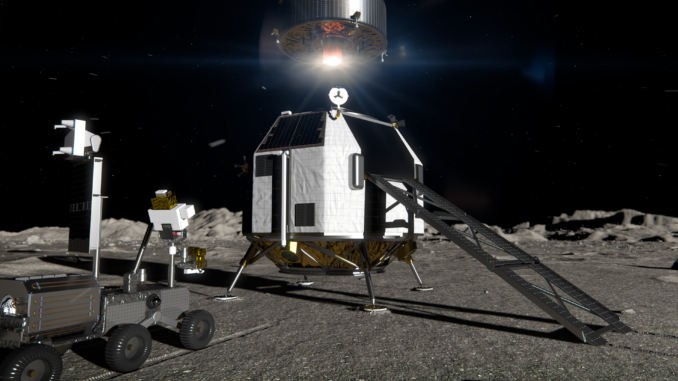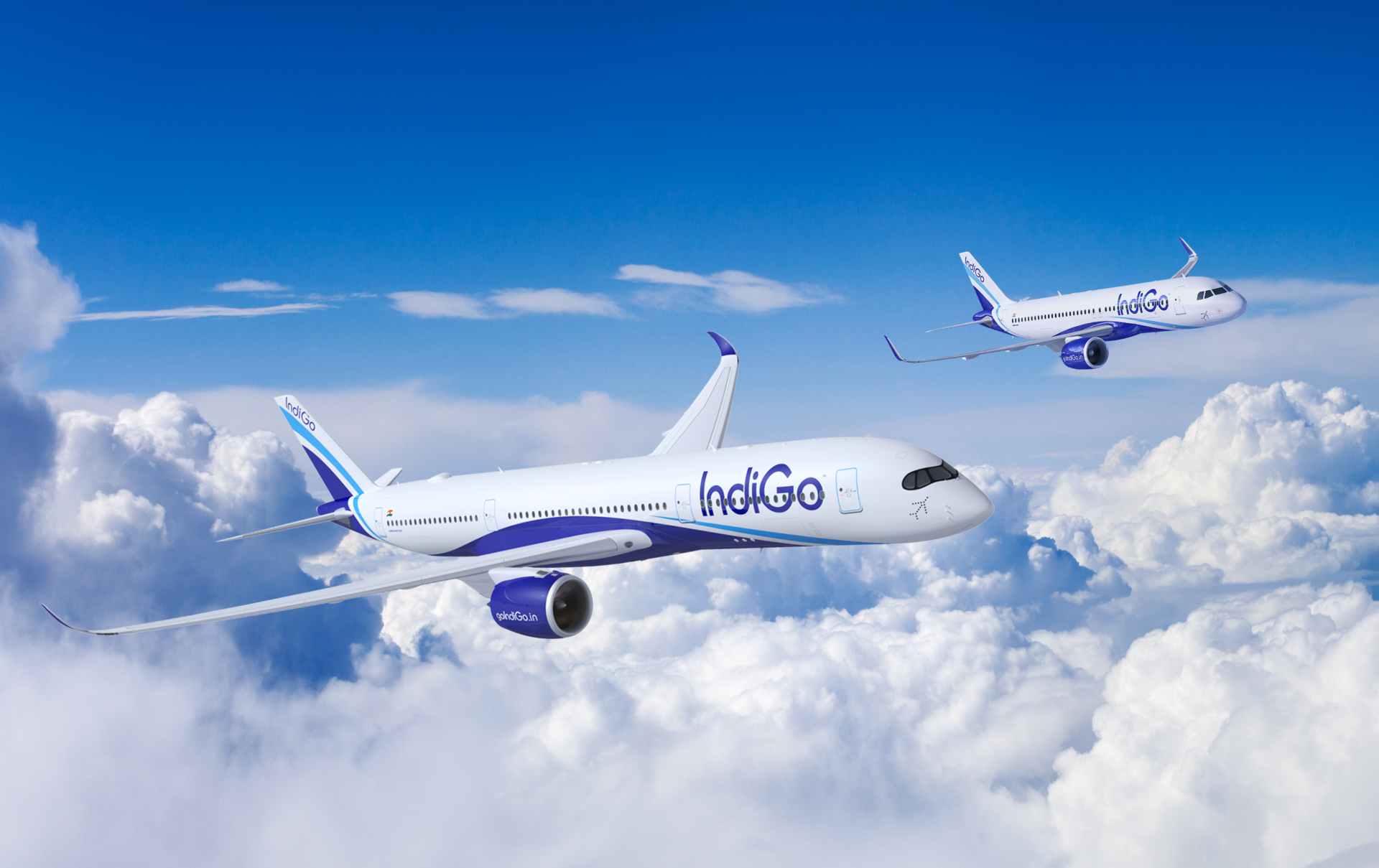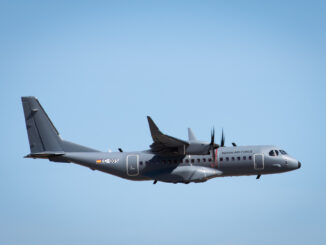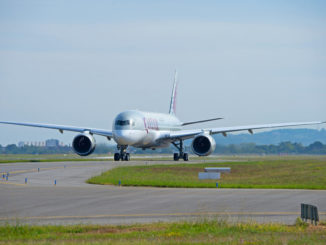
Last month we witnessed significant progress in humanity’s latest space venture. As far as off-world international co-operation goes, this is the largest team exercise for more than 20 years.
The inter-continental collaboration which constructed and now operates ISS is now eclipsed by a new task: Put feet back on the moon (and beyond) within this decade.
The European Space Agency (ESA) has selected Airbus as one of “Two primes” for the development of the European Large Lunar Lander (EL3).
Each of these contracts are being developed independently, with the same aim.
The Objective: Create a lunar lander tasked with many key functions.
Crucially amongst these, transportation of up to 1.7 tons cargo to any point on the lunar surface.
ESA is already a key player in the advancement of space exploration.
Europe is heavily involved in creating a “roadmap” utilising over 14 space agencies, globally, for future human exploration off-world.
Airbus now has a pivotal role in achieving this aim.
Current tasks include the construction of the European Service Module (ESM). This is the power unit that will drive the Artemis project to the moon.
The first ESM was delivered to Airbus last month, from partners in Italy for further development and production.
ESM will be responsible for the provision of power during travel, utilising 33 engines and a solar array spanning 19 meters once unfurled following the separation of the module housing.

Airbus is most widely known by the public for constructing commercial aircraft used by millions of travellers each year. However, there is also a vast portfolio of spacecraft development spanning several decades within the company’s history.
This includes:
Asterix: In 1965 France was the 3rd country to successfully launch a satellite (named after the comic book character of the day) into Low Earth Orbit (LEO) using a Diamant A launcher vehicle. The three companies are responsible for building this later merged. The new company, named Aérospatiale was a predecessor of Airbus Space.
Ariane launcher systems: Ariane 1 Launched in 1979 from Guiana Space Centre – French Guiana – a site still used by ESA.
The evolution of this family of rockets was such that between 1988 & 2003, 50% of the commercial market for satellite launch and deployment was overseen by Ariane 4, with 113 successful launches before retirement.
Cassini-Huygens: In 1997 the first space probe to explore the moon of another world was launched from the USA.
Set for scientific discovery of Saturn’s moon, Titan, Aérospatiale was the prime contractor responsible for building Huygens. Research and development included overcoming unknown challenges that would be faced by an Earth built machine.
Rosetta: Airbus built Rosetta, which was launched in 2004. On a quest to gather data on a comet, it’s 10-year journey reached the target in 2014 and deployed lander Philae. The entire mission almost failed after Philae bounced on the surface, eventually landing in a deep, cliff-lined cavern. However, after re-establishing contact, many years worth of data has been gathered, keeping scientist busy for many years to come.
Construction of Columbus Laboratory: A module of ISS, launched in 2008.
Announcing their involvement, Andreas Hammer – Head of Space Exploration at Airbus – said, “We are extremely thrilled to be starting the definition phase of EL3, Europe’s Large moon lander. Last year in Seville, Europe’s Space ministers agreed that ESA should start preparing a vehicle to fly scientific and logistics cargo to the moon. Airbus is 100% behind this ambition, as it will enable Europe to play a critical role in the next phase of human exploration of the moon, and will further strengthen ESA’s status as an invaluable partner in the international space community.”
EL3 will enhance ESA’s presence within the international bid to achieve the ultimate goal – Fully sustainable & economical lunar exploration.
The module is targeted for service later this decade, and remain in use well into 2030’s.
Its purpose is to provide fully independent lunar surface logistical mission capability.
Though not intended for passenger transport, the design will conform to human rating requirements in order to ensure the safety of cargo handling by those living and working at the lunar base camp. Craft design includes a “Plug & Play” element. Consider a USB cable; Compatible with almost all domestic technology brands and product types, USB provides power and/or data transfer between units, including generic models.
There are various plug & play elements planned to be used in conjunction with a configurable “cargo platform element” (CPE). The CPE will then be able to connect generic lunar descent elements with individual payloads.
ISS, and eventually Artemis, Gateway and Lunar habitats will all require this service capability.
The EL3 will be launched using the Ariane A64, currently in development by Airbus Group and Ariane Group.
Ariane 6 is the next generation of European launch vehicles providing independent access to space, and provide competitive commercial service for many businesses.
A64 is one of two vehicles currently in development in the evolution of the Ariane booster series.
A64 will stand proud at over 60m, utilising 4 strap-on boosters to aid propulsion. Once loaded and ready for lift-off it will weigh up to 900 tons – approximately equal to one and a half Airbus A380 passenger aeroplanes. Though still in development, Ariane A64 is intended to begin a series of launches scheduled for as soon as next year.
With objectives including crewed mission support, carrying payloads point to point, and provide assistance in returning collected regolith samples to Earth for analysis, EL3 will be built in line with ESA’s Orion module.
As a lunar landing craft, EL3 will need to overcome potential hazards during descent to the surface of the moon.
This involves autonomous scanning of landing sites for potential hazards (large boulders, or even craters, undetectable by lunar satellites).
It will then assess terrain using inbuilt guidance systems and self navigate to the safest area in range.
Once landed, propulsion systems will shut down to ensure the safety of both craft and contents.


Image Credit Airbus Space
The Airbus study for this project will be led by the Lunar Exploration team, based in Bremen’s hub for Space Technologies.




